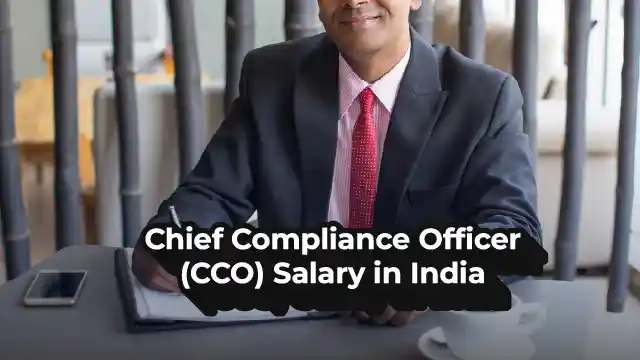Coverage Under Side A Insurance
Side A coverage under directors & Officers liability insurance is typically broader than that provided by other forms of D&O insurance. For example, Side A insurance may provide coverage for claims of wrongful acts such as fraud, misrepresentation, and breach of fiduciary duty. It even offers coverage when such acts are not covered by the company’s insurance policy.
Another key feature of Side A coverage is that it is “non-rescindable.” It means that even if the company goes bankrupt, the insurer cannot rescind or cancel the policy. It provides an additional layer of protection for directors and officers who may be subject to legal claims long after the company has gone bankrupt.
Side A coverage under directors & Officers liability insurance may also include “difference in conditions” coverage, which provides additional protection in situations where the company’s insurance policy does not cover a specific type of claim.
For example, if the company’s insurance policy excludes coverage for claims related to intellectual property infringement, Side A coverage may provide coverage for such claims.
It is important to note that Side A coverage under directors & Officers liability insurance is typically more expensive than other forms of D&O insurance. This is due to the increased risk involved.
However, the additional protection provided by Side A insurance is essential for directors and officers, particularly in situations where the company is unable to provide indemnification.
Case Study
Let us discuss a case study on Side A coverage Under D&O insurance
- ABC Inc. is a publicly traded company that provides software services to clients worldwide. The company has a board of directors that oversees its operations and strategic decisions. The board of directors is composed of five members, including the CEO, the CFO, and three independent directors.
- In 2022, the company faced a lawsuit from its shareholders, alleging that the board of directors failed to exercise reasonable oversight over the company's cyber security measures. It resulted in a data breach that exposed sensitive customer information. The shareholders claimed that the board of directors breached their fiduciary duties. This caused the company to suffer significant financial losses.
- The company had directors and officers liability insurance, which provided coverage for the directors’ and officers' legal defence costs. It also covers any settlement or judgment that may arise from the lawsuit. The D&O policy had three coverage parts: Side A, Side B, and Side C.
- In this case, the company had a bylaw that allowed it to indemnify its directors and officers. However, the shareholders' lawsuit caused the company to become insolvent. As a result, the directors and officers were not able to rely on the company's indemnification. They also needed Side A coverage to protect their assets.
- Side A coverage under directors & Officers liability insurance provided coverage for defence costs and any settlement or judgment that the directors and officers may face in the lawsuit. The coverage limit was Rs 50 Crores, and it was in excess of any other insurance that may apply.
- The coverage also included a severability clause that ensured that the coverage would not be invalidated if one of the directors or officers was found to have committed a wrongful act.
Conclusion
Side A coverage under directors & Officers liability insurance is a critical component of D&O insurance that provides directors and officers with protection in situations where the company is unable to provide indemnification. This coverage is typically broader and non-rescindable. It provides additional layers of protection for directors and officers who may be subject to legal claims long after the company has gone bankrupt.



















 Expert advice made easy
Expert advice made easy


